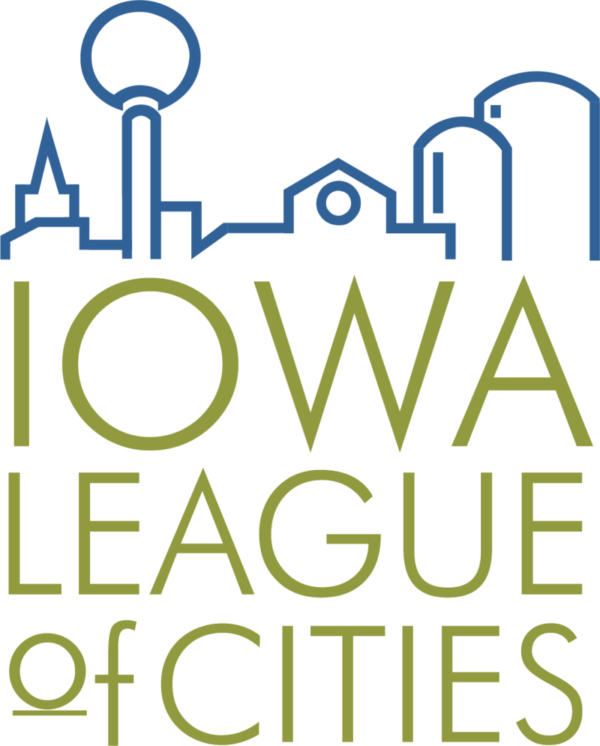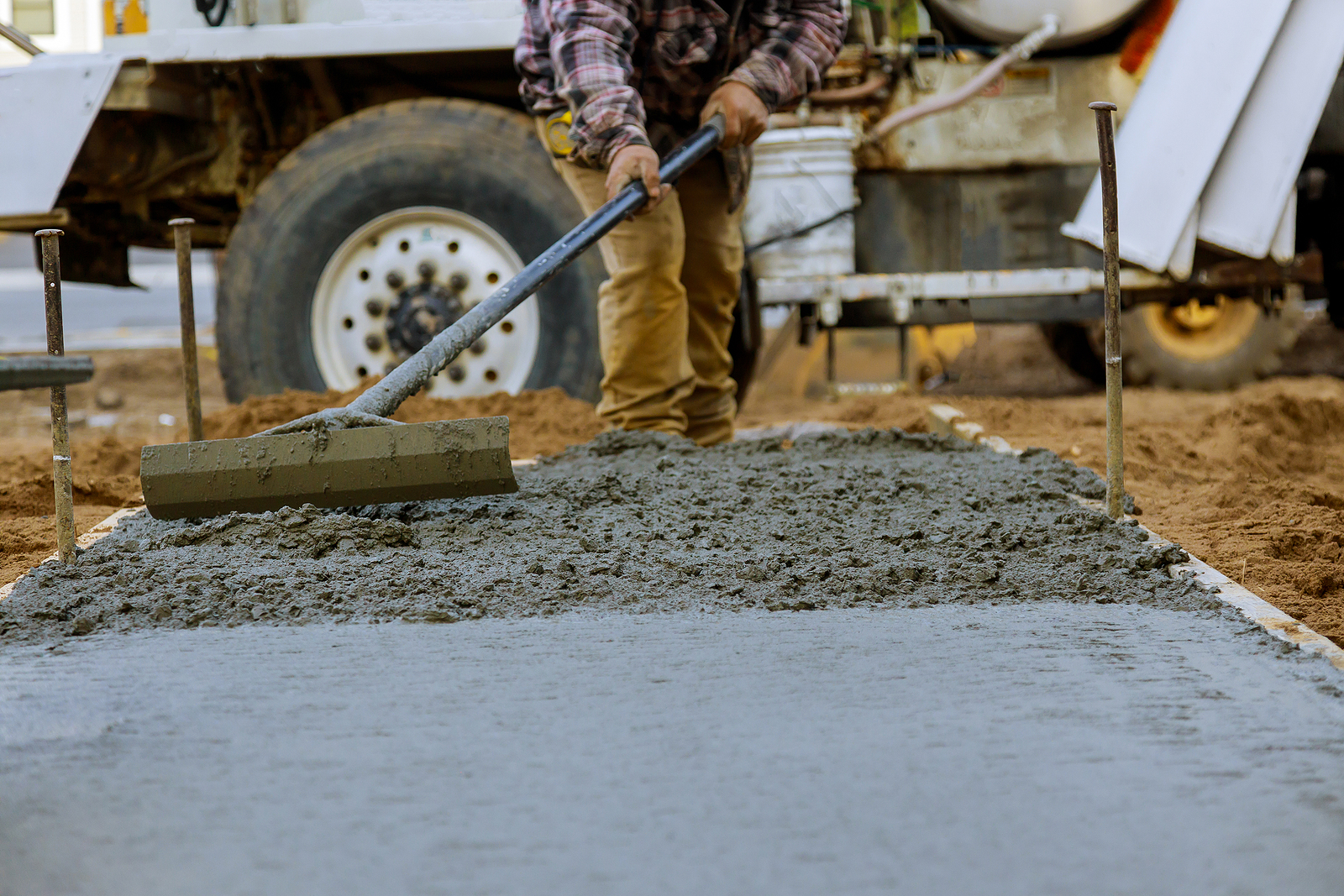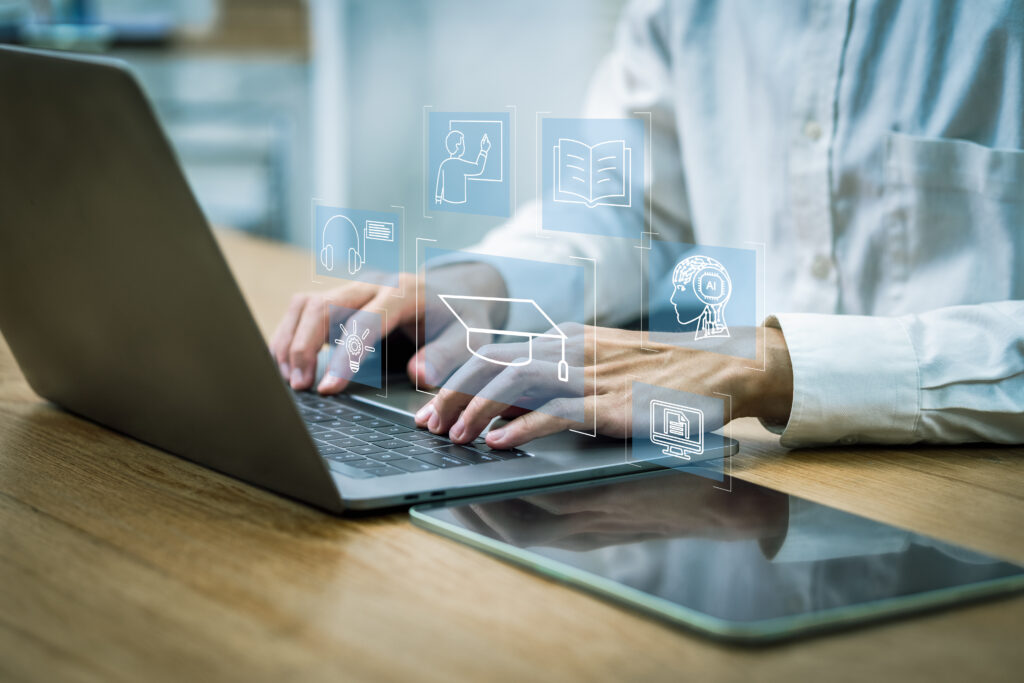One of the more complex areas of municipal government, urban renewal is a broad topic that can impact various parts of a city’s development efforts. There are numerous laws and procedures that cities must follow when working under the umbrella of this redevelopment tool. It is important that city officials have a good understanding of the laws and practices involved with urban renewal before taking action.
Urban renewal can provide cities the necessary tools to turn around a decaying part of the community and encourage new economic growth. New development can bring jobs and income opportunities for residents and enhance the city’s overall economic well-being. While using urban renewal tools can positively impact development efforts, city officials should carefully consider their options throughout the process. Working with the city attorney as well as bond attorneys will ensure that proper procedures are followed and all options are reviewed.
Urban Renewal Areas
Chapter 403 of the Code of Iowa allows municipalities to create an urban renewal area. The law states that a city may establish a geographic district, defined by a boundary description, which is designated as an area for urban renewal projects and fits with the city’s general plan for development. The chapter recognizes that cities have slum and blight areas in their community, which can be dangerous, unhealthy, reduce tax bases and impede growth. It goes on to say that cities need tools to improve these areas, which could require them to acquire, rehabilitate or demolish buildings. The law also states that cities may create urban renewal areas to enhance economic development efforts, to assist in retaining and attracting businesses, and to perform public improvements for residential development. Cities also have the right to acquire property through the condemnation process.
Adopting and Amending Urban Renewal Areas
The process to adopt or amend an urban renewal area has quite a few steps, and it is important to be prepared before getting started. City staff and the city attorney should first draft an urban renewal plan that describes why the city needs to establish or amend an urban renewal area and what actions the city may take in the area. The city council then needs to pass a resolution to set a public hearing on the proposed urban renewal area and submit the plan to the planning and zoning commission for review.
The council must also mail the proposed plan to all affected taxing entities (county, school district, community college) and schedule a consultation with the affected entities. Each entity may appoint a representative to attend the consultation and discuss the impact of the plan. The designated representative may make written recommendations for changes to the proposed plan no later than seven days after the consultation. The city must respond to the recommendations no later than seven days before the public hearing.
The city must publish a public hearing notice prior to holding the public hearing on the proposed plan. The notice must include the time, date and location of the meeting as well as identify the urban renewal area covered by the plan, and shall outline the general scope of the urban renewal activities under consideration. A copy of the notice must be sent by ordinary mail to each affected taxing entity.
The council then receives reports from the consultation meeting and from the planning and zoning commission. Finally, the public hearing can be conducted, after which the council can approve the plan by ordinance. The city needs to then publish the ordinance and file a copy of it at the county auditor’s office.
The Different Uses of Urban Renewal Areas
When adopting or amending an urban renewal plan and area, cities are required to identify the actions they can perform. Cities are allowed to create urban renewal areas for different uses and it is common to mix two or more into one area. The uses are:
- Slum Area – There is an area in the city where slum conditions exist and the city wishes to remove those conditions.
- Blight Area – There is an area in the city where blight conditions exist and the city wishes to remove those conditions.
- Economic Development – The city wishes to enhance its economic development efforts by performing work in the following areas:
- Commercial/Industrial Purposes – The city wishes to retain or attract businesses and improve the local economy by promoting development.
- Low/Moderate Income Housing – The city wishes to promote development of low/moderate income housing or construct improvements for such housing.
- Infrastructure for Non-Low/Moderate Income Housing – The city wishes to assist in funding public improvement projects for non-low/moderate income housing development.
Using Tax Increment Financing for Urban Renewal Projects
Tax Increment Financing (TIF) is one of several financing options a city has for funding urban renewal projects. (For additional information, please see the League’s Snapshot of TIF). Cities are allowed to create a TIF Area within an urban renewal area which then allows them to use TIF for projects. Using TIF gives a city the option to sell bonds (general obligation or revenue bonds, as detailed in Code Chapters 384 and 403) and raise the necessary money to pay for the needed improvements in an urban renewal area. As the properties in the area begin to grow and thrive, the city is able to access the new tax revenue to pay off the debt initially incurred to finance the improvement projects. It is important to note that an urban renewal area and a TIF area are not the same thing. Often, a TIF area matches the geographic boundaries of the urban renewal area in which it resides. However, some urban renewal areas have a smaller TIF area within it or have multiple TIF areas while others do not have a TIF area at all.
Other Financing Options
Cities may enter into rebate agreements with developers where the city returns a portion of the tax increment revenues in relation to the developer’s improvements. This allows the city to borrow less money to make the needed improvements and shares the risk with developers.
Cities are also allowed to borrow from their General Fund or make an internal loan from another fund. There are several stipulations that must be satisfied to use this type of funding so be sure to understand how the process works before using it.
Using Incentives to Attract Development
There is a wide range of incentives that cities can offer to encourage development. As previously mentioned, cities may do public improvements such as road projects or other infrastructure improvements that make the area more suitable for development. Beyond that, cities can get creative in the different ways to incentivize a developer to build in their community. That may include offering tax rebate agreements, tax abatement agreements, cleaning up contamination, forgivable loans or grants. While there is a large menu of incentive options, city officials should remember that what they offer must fall under the guidelines for an urban renewal area and that each incentive bears a cost to its taxpayers.
Low/Moderate Income Housing Calculation Tool
For housing projects under Code Section 403.22, a city is required to provide “assistance for low and moderate income family housing.” This can be provided by one of the following methods or a combination of the two:
- Setting aside tax increment equal to a portion of the original project cost that is equal to the percentage of residents in the county that do not exceed the Low and Moderate Income (LMI) threshold into a LMI fund that can be used anywhere within the city for LMI housing assistance.
- Providing housing affordable to LMI residents.
A city can determine if housing is affordable to LMI individuals/families by using the steps below:
- Audit Approach
Take a survey or ask applicants for LMI housing to verify their income. Look at W-2’s or tax returns. Also, review the Iowa Economic Development Authority’s Community Development Block Grant Web site and click on “Conducting an Income Survey” before documenting your conclusions. - Calculation Approach
Document a calculation confirming the value of a home or apartment that is affordable to a LMI Individual/Family* using the following method:- Find the 80% median county income for your county from the IEDA website taking into account whether the home/apartment is 1-person, 2-person, 3-person, etc. For example, if the proposed house is a 3 bedroom home, a reasonable assumption might be that 4 persons could live there. Then use the 4-person 80 percent median income figure. For this example, assume that figure is $50,000.
- Multiply the yearly income by .3 (assume housing costs could be 30% of the person’s income; cities should confirm estimate with bank).
$50,000 x .3 = $15,000/yr. - Estimate property taxes.
$250 (cities should confirm estimate with bank) x 12 = $2,500 - Estimate property insurance.
$50 (cities should confirm estimate with bank) x 12 = $600 - Estimate private mortgage insurance (PMI). Note: Private mortgage insurance is typically required when down payments are below 20% and for FHA loans. For a $160,000 house, PMI could be 1.3% or $2,080 per year.
$2080 (1.3% of $160,000-cities should confirm estimate with bank) - Estimate amount available for principal and interest, after property taxes, property insurance and private mortgage insurance payments are deducted.($15,000-$2,500-$600-$2080 = $9820/year)
$9820 / 12 = $818.33/month - Use an online mortgage calculation and calculate the amount of mortgage loan that would allow for a principal and interest payment of approximately $818 per month. That amount of mortgage loan is the maximum house value (assuming down payment resources, if required). (Per bankrate.com, with a 30 year term, 4.56% rate, a mortgage amount of $160,000 as of 9/10/13 would have monthly payments of $816.41).
- Based on the above assumptions, a $160,000 three-bedroom house would be affordable to a four person family with a maximum LMI income of $50,000. (Remember, the $50,000 comes from the IEDA Web site for the maximum income of a 4 person LMI family, at 80 percent of the county median income, in the particular county).
- Document your analysis and conclusions with your local banker or financial expert.
*LMI Individual/Family = No greater than 80% of median county income (see Code Section 403.17(14)).






